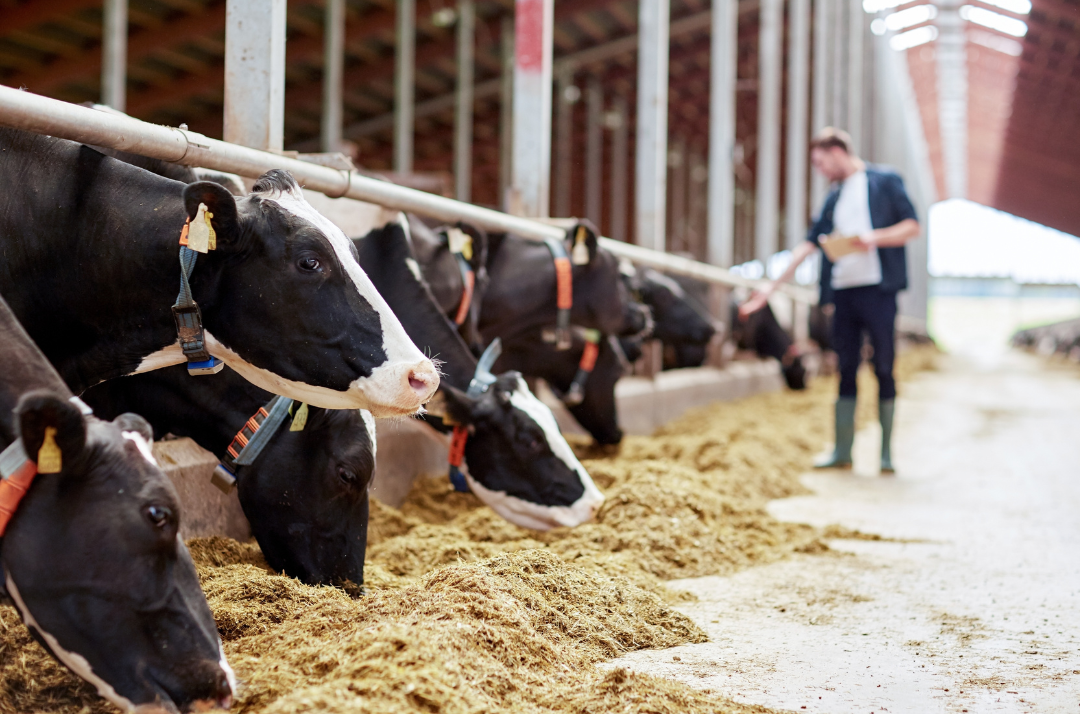The presence of dietary mycotoxins initiates a variety of responses by all animals. The immune response to mycotoxins is energetically expensive and draws nutrients away from other purposes such as growth, lactation, and reproduction. In addition, zearalenone metabolites can block estrogen receptors. A critical question to be answered is if the dietary mycotoxin level impairs reproduction?
For lactating dairy cows, nutrients are allocated in order of importance: maintenance (including immune system), growth, milk production, and finally reproduction. Any stressor that causes an immune response will pull nutrients away the “lower priority” purposes, including reproduction. Follicles begin to mature 60 days or more before ovulation and require nutrients such as glucose, vitamins and minerals, and amino acids for proper development. Without proper nutrient supply the follicles mature at a slower rate or not at all. Additionally optimal hormone health, and successful ovulation, depend on the cow being in positive energy balance which can be in jeopardy if the cow is mounting an immune response. Zearalenone, often found in conjunction with DON, mimics estrogen and can block estrogen receptors to negatively impact reproduction.
High dietary mycotoxin levels can quickly cause weaker heats, lower conception rates, and greater embryo death. DTX™ has been used for almost 30 years to help protect animals against mycotoxins, and among the first benefits observed by those producers supplementing DTX is greater reproductive success. While most mycotoxin-mitigation products attempt to chemically ‘bind’ mycotoxins to reduce absorption, DTX works with the digestive tract cells to prevent mycotoxins from being absorbed into the bloodstream, as well as protecting the intestinal cells from mycotoxin damage.
DTX has controlled third-party research demonstrating improved reproductive success from supplementation during a mycotoxin challenge of 1.5 ppm DON and 150 ppb zearalenone. The study was conducted in a commercial dairy, and the 462 cows randomly assigned to receive DTX after calving had a 6-point higher first-service conception rate than control cows. This study suggests that, under the research conditions, providing DTX for mycotoxin protection allowed more nutrients to be available for follicular maturation and embryo survival than was experienced by the control cows.
Consider supplementing DTX to your cows during mycotoxin challenges to re-partition nutrients to profitable purposes, including reproductive success.
Authors: Caroline Knoblock, MSc, – Director of Nutrition, Agrarian Solutions and Larry Roth, Ph.D., PAS – Vice President of Nutrition


